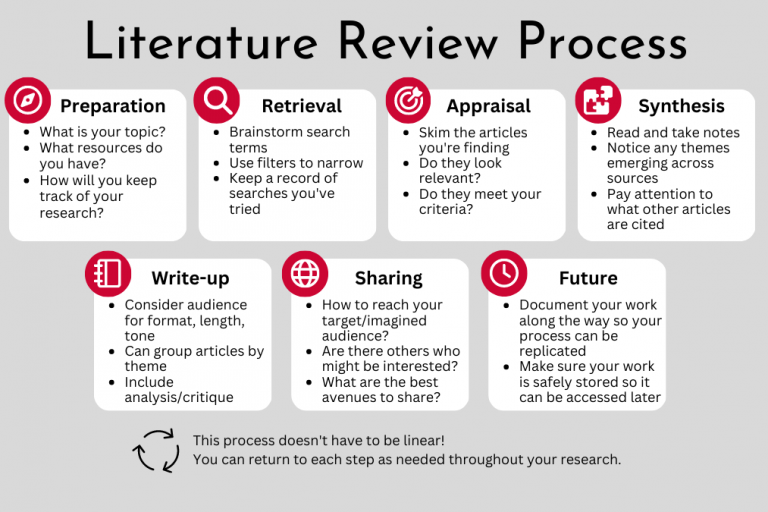Sam Snodgrass
Graduate Academic Assistant with STOREE
I have been working as a graduate academic assistant on a project for STOREE investigating literature reviews being done in a non-academic context. I was supervised by Kristina McDavid and Heather De Forest and worked alongside fellow GAA Tarene Thomas. In Heather’s work with the Community Scholars Program, which provides access to research publications to charitable and non-profit organization staff, she noticed organizations were conducting literature reviews, sometimes in response to grant application requirements.
Search challenges
We were curious if there was any writing done on nonprofits/community organizations doing literature reviews to help us understand their particular needs as researchers. Tarene and I searched journals, nonprofit professional association websites, and the web, and were not able to find much content on this subject. Searching, in particular, was difficult – our results were overwhelmed by literature reviews conducted by academics about community organizations and nonprofits rather than nonprofits creating their own literature reviews. We had to be creative with our search terms and found that keywords like “knowledge mobilization” helped us find information about how these groups were using information.
Noticing need
In our search, we noticed that most advice on the web on how to conduct literature reviews was directed at faculty and students with access to university library resources. Those guides don’t necessarily translate well for anyone trying to do a literature review outside an academic context. In response to this, we created a web guide that takes into account the needs, resources, and goals of community groups creating literature reviews.
The guide
The web guide can be found here (https://www.lib.sfu.ca/about/overview/services-you/community-scholars/literature-reviews). It provides a step-by-step guide to doing a review, with questions at each stage to help users consider their goals and capacity. We included resources for searching, such as freely available databases. We also ask users to consider what resources they may have access to that they may not already take advantage of (public libraries? Local academic libraries? Professional organizations?). We also sought out resources for each step of the literature review process that could apply to the needs of community groups – things like research strategies, evaluating sources, note-taking, and how to write a literature review. Many of these come from academic libraries, so I provided framing to highlight the most useful sections.
The page also has selected examples of existing literature reviews done by other community groups and nonprofits. Some of these feature structure or design elements that are less common in typical academic literature reviews, so we wanted to demonstrate the variety of formats that are possible. I also designed a graphic (above) to visually summarize the process, with icons that represent each step.
Fellow librarians and Community Scholars provided helpful feedback on the page, which we used to edit our framing, add additional resources, and create an approachable format. We welcome additional feedback on the page, particularly from nonprofits and community groups, in order to make this page the most useful resource it can be.
—
Sam Snodgrass is a second-year Master of Library and Information Studies student at UBC, and a Graduate Academic Assistant with STOREE.
